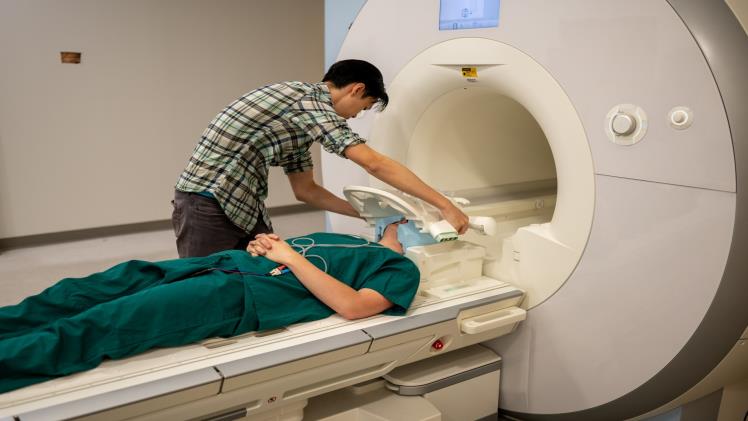The human brain is often described as the most complex structure in the universe. Despite centuries of study, it intrigues scientists with its intricate network of neurons and unparalleled cognitive abilities. Recent neuroimaging and molecular biology advancements have provided unprecedented views of this enigmatic organ, revealing new puzzles and deepening our understanding of its function and structure.
The Cutting-Edge of Neuroimaging
Modern neuroimaging techniques, such as functional magnetic resonance imaging (fMRI) and positron emission tomography (PET), have revolutionized the study of the brain. These tools allow researchers to visualize brain activity in real time and with remarkable precision. For instance, fMRI can detect changes in blood flow within the brain, highlighting areas of increased activity during specific tasks or thought processes.
Recent studies using these techniques have uncovered surprising findings. For example, researchers have identified previously unknown neural pathways and brain regions involved in complex behaviours such as decision-making, emotional regulation, and social interaction. These discoveries challenge existing models of brain function and suggest that our understanding of neural connectivity is still in its infancy.
Mapping the Connectome
One of the most ambitious projects in neuroscience today is mapping the human connectome—the comprehensive map of neural connections in the brain. This endeavour aims to chart the intricate web of synapses that link neurons together, providing a blueprint of brain function at the cellular level.
Advancements in high-resolution imaging and computational modelling have propelled this field forward. Techniques like diffusion tensor imaging (DTI) enable scientists to trace the pathways of white matter fibres that connect different brain regions. As researchers piece together this neural atlas, they uncover new insights into how brain structure correlates with function and behaviour.
The Microcosm of Neurons
Beyond large-scale imaging, advances in molecular biology have opened up the microcosm of individual neurons to scientific scrutiny. Single-cell RNA sequencing allows researchers to examine the gene expression profiles of individual neurons, providing a detailed view of their molecular composition.
This level of analysis has revealed the extraordinary diversity of neuron types within the brain, each with unique properties and functions. It has also shed light on how genetic variations contribute to neurological disorders. For instance, researchers have identified specific gene mutations linked to conditions such as autism, schizophrenia, and Alzheimer’s disease, paving the way for targeted therapies and personalized medicine.
Unraveling the Mysteries of Consciousness
Despite these technological advancements, many fundamental questions about the brain remain unanswered. One of the most profound mysteries is the nature of consciousness. How does the brain generate subjective experiences and a sense of self? This question lies at the intersection of neuroscience, philosophy, and cognitive science.
Recent research has begun to explore the neural correlates of consciousness, identifying specific brain networks associated with conscious awareness. Studies have shown that specific patterns of neural activity, particularly in the prefrontal cortex and thalamus, are linked to conscious perception. However, the exact mechanisms by which these patterns give rise to conscious experience remain elusive.
Implications for Medicine and Technology
The insights gained from studying the brain have far-reaching implications for medicine and technology. Understanding the neural basis of diseases can lead to more effective treatments and interventions. For example, deep brain stimulation, a technique that involves electrically stimulating specific brain regions, has shown promise in treating conditions like Parkinson’s disease and depression.
Moreover, advancements in brain-computer interfaces (BCIs) are opening up new possibilities for human-machine interaction. BCIs enable direct communication between the brain and external devices, allowing for the development of prosthetics controlled by thought and new forms of neurorehabilitation.
The Future of Brain Research
As we continue to decode the brain’s mysteries, the future of neuroscience holds immense promise. Interdisciplinary collaborations, combining expertise from biology, engineering, psychology, and computer science, drive the field forward. Innovations in artificial intelligence and machine learning are also accelerating data analysis and the discovery of new patterns in brain activity.
In conclusion, the intimate exploration of the human brain reveals new puzzles and deepens our understanding of this remarkable organ. While many mysteries remain, each discovery brings us closer to comprehending the brain’s complexity and unlocking its full potential. As research progresses, the implications for science, medicine, and technology will continue to unfold, shaping the future of human health and cognitive enhancement.

